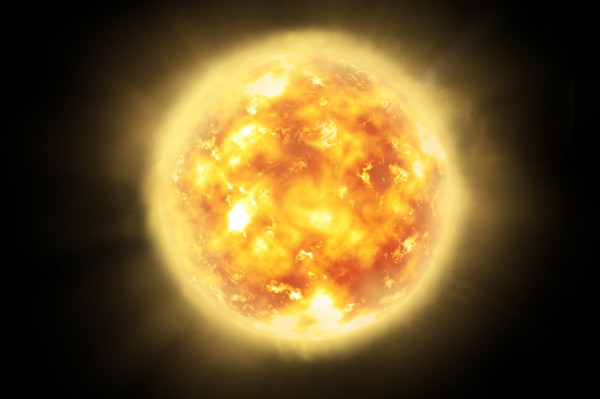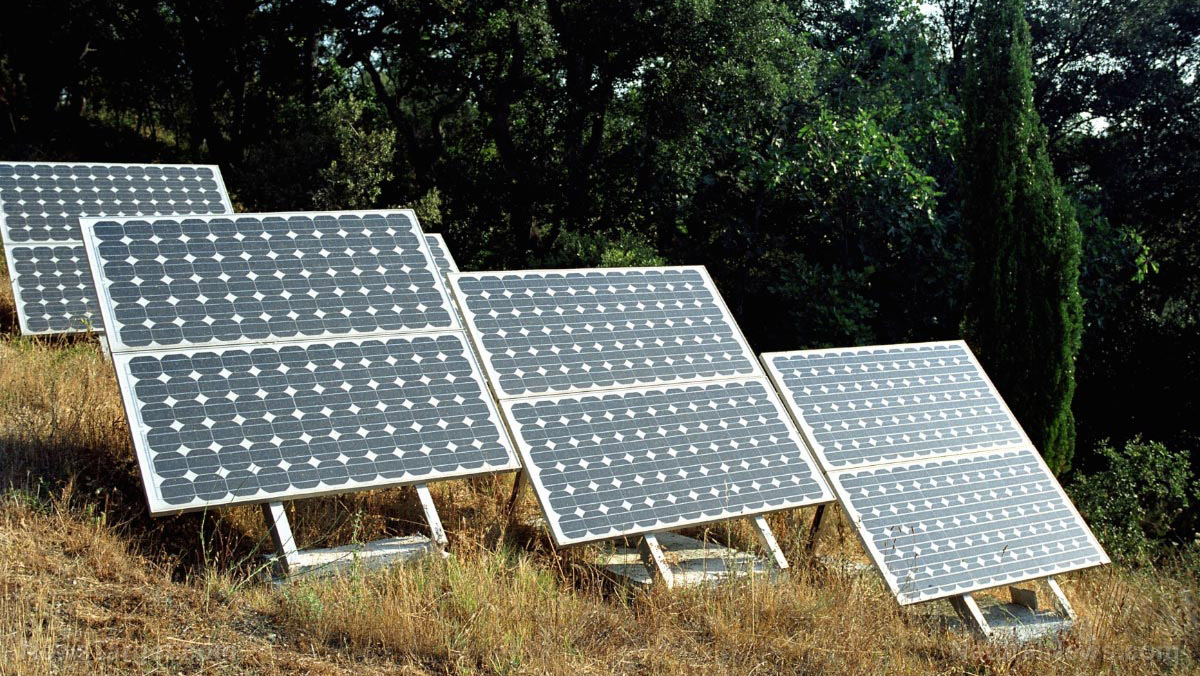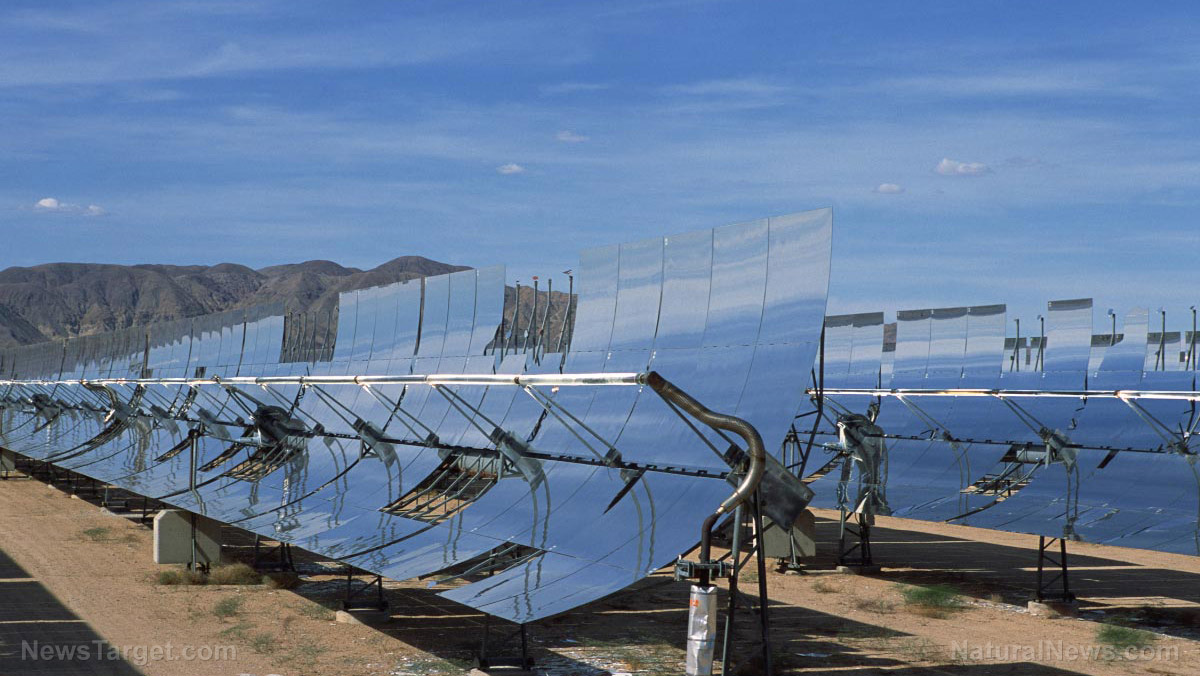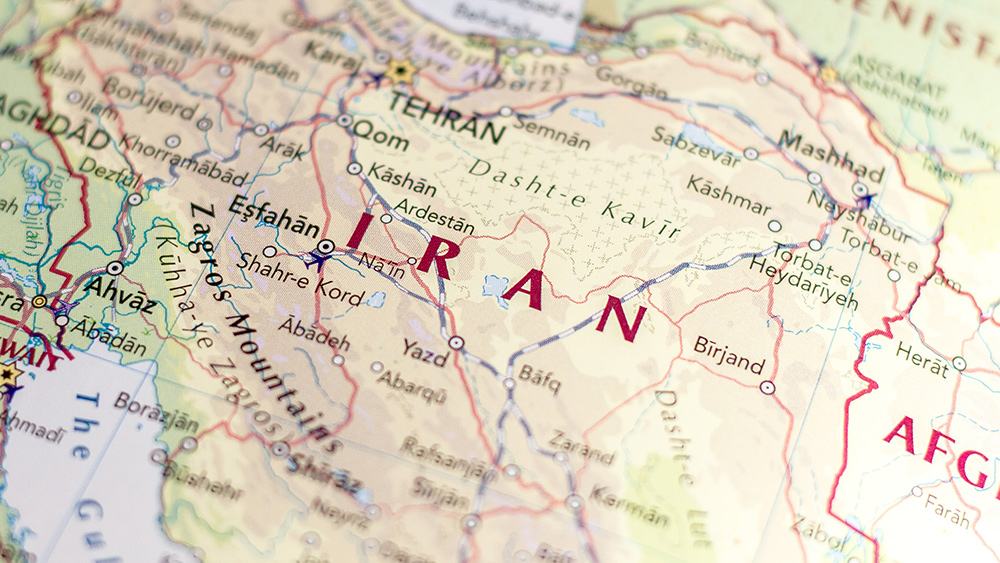Expect solar storms that can topple power grids and satellites during this new solar cycle
By virgiliomarin // 2021-06-09
Tweet
Share
Copy

The sun entered a new 11-year cycle in December 2019 to end its "quiet phase." The new solar cycle, which is the 25th since record-keeping began, is expected to be more or less like the cycle that preceded this one: fairly weak and with a peak sunspot number below the average of 179.
But that doesn't mean Solar Cycle 25 (SC25) poses no threat at all. While the sun is predicted to form only 115 sunspots when its activity peaks in 2025, catastrophic solar storms in the form of powerful solar flares and coronal mass ejections (CME) are still expected.
"While we are not predicting a particularly active Solar Cycle 25, violent eruptions from the Sun can occur at any time," said Doug Biesecker, a solar physicist at the National Oceanic and Atmospheric Administration (NOAA) who leads an international team of scientists collectively known as the Solar Cycle Prediction Panel.
The panel is also confident that SC25 will break the trend of weakening solar activity observed over the past four cycles. Panel co-chair and solar physicist Lisa Upton said that the sun does not appear to be approaching a phase akin to the Maunder minimum, a period from 1645 to 1715 where nearly zero sunspots formed on the sun. (Related: Solar "superflare" could hit Earth within the next 100 years, researchers suggest.)
What happens when a massive solar storm hits Earth
Humans on Earth are safe from solar storms because the planet's magnetic field shields against harmful radiation from the sun. But solar storms can cause a disturbance to Earth's magnetic field. Called a geomagnetic storm, this disturbance can cripple power grids and satellites, jam radio communications and bathe high-flying airplanes in dangerous levels of ionizing radiation. The loss of power grids and critical satellites, in particular, can be disastrous for a nation that is heavily reliant on these infrastructures. A 2017 study predicts that blackouts caused by adverse space weather can affect as much as 66 percent of the U.S. population, with economic losses amounting to $41.5 billion a day. Geomagnetic storms have occurred several times throughout history and were just as dangerous. When the Carrington Event, which is the most powerful geomagnetic storm ever recorded, took place in 1859, it knocked down telegraph systems across Europe and North America and caused electric lines to catch fire. The geomagnetic storm was so powerful that the polar lights were seen as far south as Colombia and as far north as Queensland, Australia. If a geomagnetic storm of that magnitude occurs today, it could cut power to billions of people and damage GPS satellites. Like grid failure, GPS failure could cripple the U.S. since the country relies on GPS for industries as diverse as transportation, finance, cloud computing and telecommunications. (Related: Scientists warn of MASSIVE solar storms: "We need to be better prepared.")America's ability to forecast solar storms is limited
Steps have been taken to protect critical infrastructure from solar storms. For example, grid operators have installed surge protectors and use non-magnetic steel in transformers to bolster resistance. But ultimately, the best defense is improved forecasting. Though Earth-based observers can see solar storms erupt on the sun, they cannot tell exactly how potent the eruptions are until a blast of magnetized plasma reaches a set of satellites orbiting the planet. At that point, there is only 60 to 90 minutes until it hits Earth. Mark Olson, a reliability assessment manager at the nonprofit North America Electric Reliability Corporation, said that precautions must be taken in the same way that utility companies prepare for a severe thunderstorm. "You have the potential for very large areas to have voltage instability," Olson noted. "Situational awareness is the key here, just like in terrestrial weather events." The government has been working on improving the country's forecasting capabilities for years. Over the last decade and a half, it built forecasting centers that deliver space weather updates daily for airlines, grid operators and satellite owners. And last year, former President Donald Trump signed the Promoting Research and Observations of Space Weather to Improve the Forecasting of Tomorrow (PROSWIFT) Act into law, which aims to develop technology to improve forecasting and measurement of space weather events. Still, the country has to do more to improve its forecasting capabilities. "Our ability to understand and predict the solar cycle is still very limited," said William Murtagh, director of NOAA's Space Weather Prediction Center. But, we're learning. Disaster.news has more on solar storms and their impact on the planet.Sources include:
PennLive.com Weather.gov Britannica.com NASASpaceFlight.com StrangeSounds.orgTweet
Share
Copy
Tagged Under:
radiation space collapse power grid blackout solar flares grid down solar storms coronal mass ejections sun disasters CME Carrington event geomagnetic storm cosmic Sun spots solar cycle Solar Cycle 25 GPS failure
You Might Also Like
By Arsenio Toledo // Share
By Virgilio Marin // Share
Survival 101: 5 Reasons to set up a safe room or storm shelter
By Virgilio Marin // Share
Bright orbs spotted near the ISS might be UFOs
By Virgilio Marin // Share
NASA gets serious about UFOs: New chief orders scientists to investigate UFOs
By Virgilio Marin // Share
Recent News
USDA will deploy undercover investigators to enforce new SNAP purchase restrictions
By lauraharris // Share
U.S. measles cases top 2,000 in 2025, highest total in more than three decades
By lauraharris // Share
The hidden health crisis of PM2.5 pollution
By patricklewis // Share











